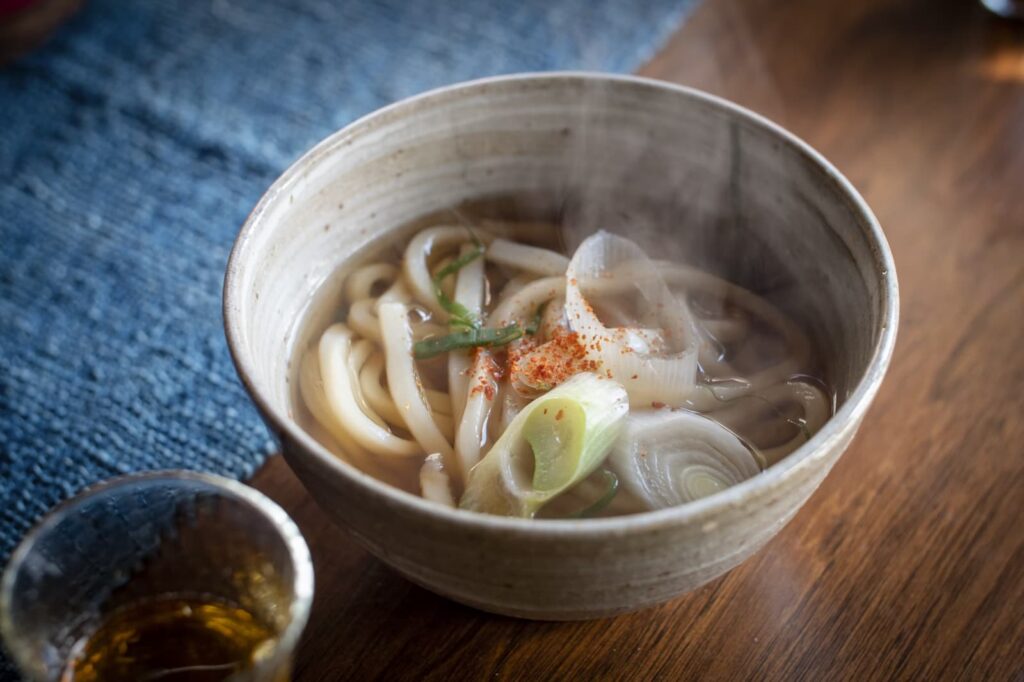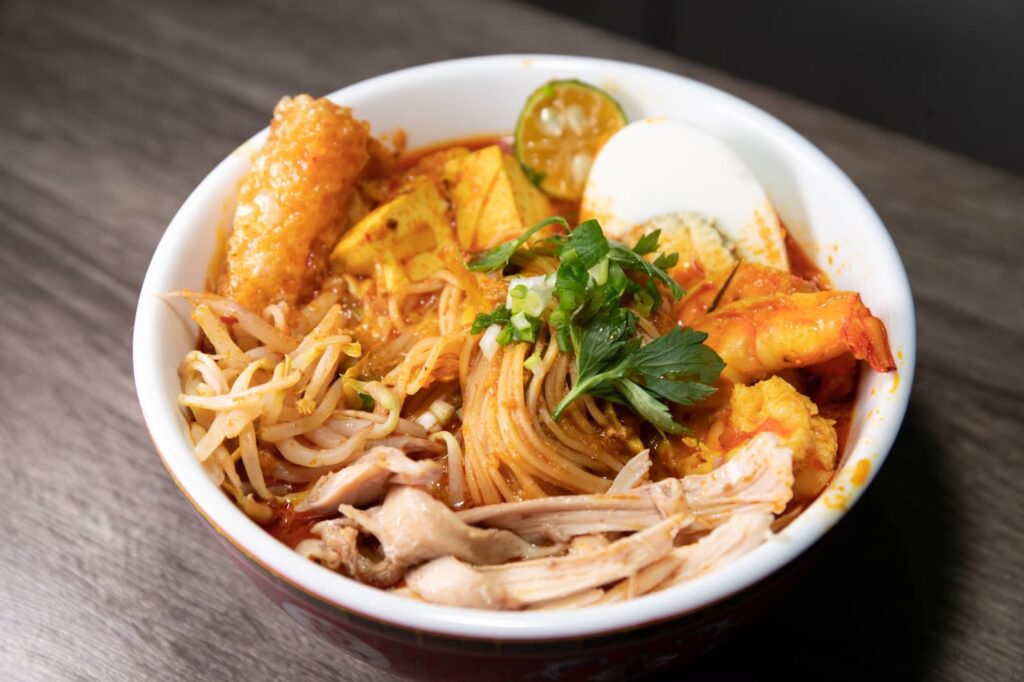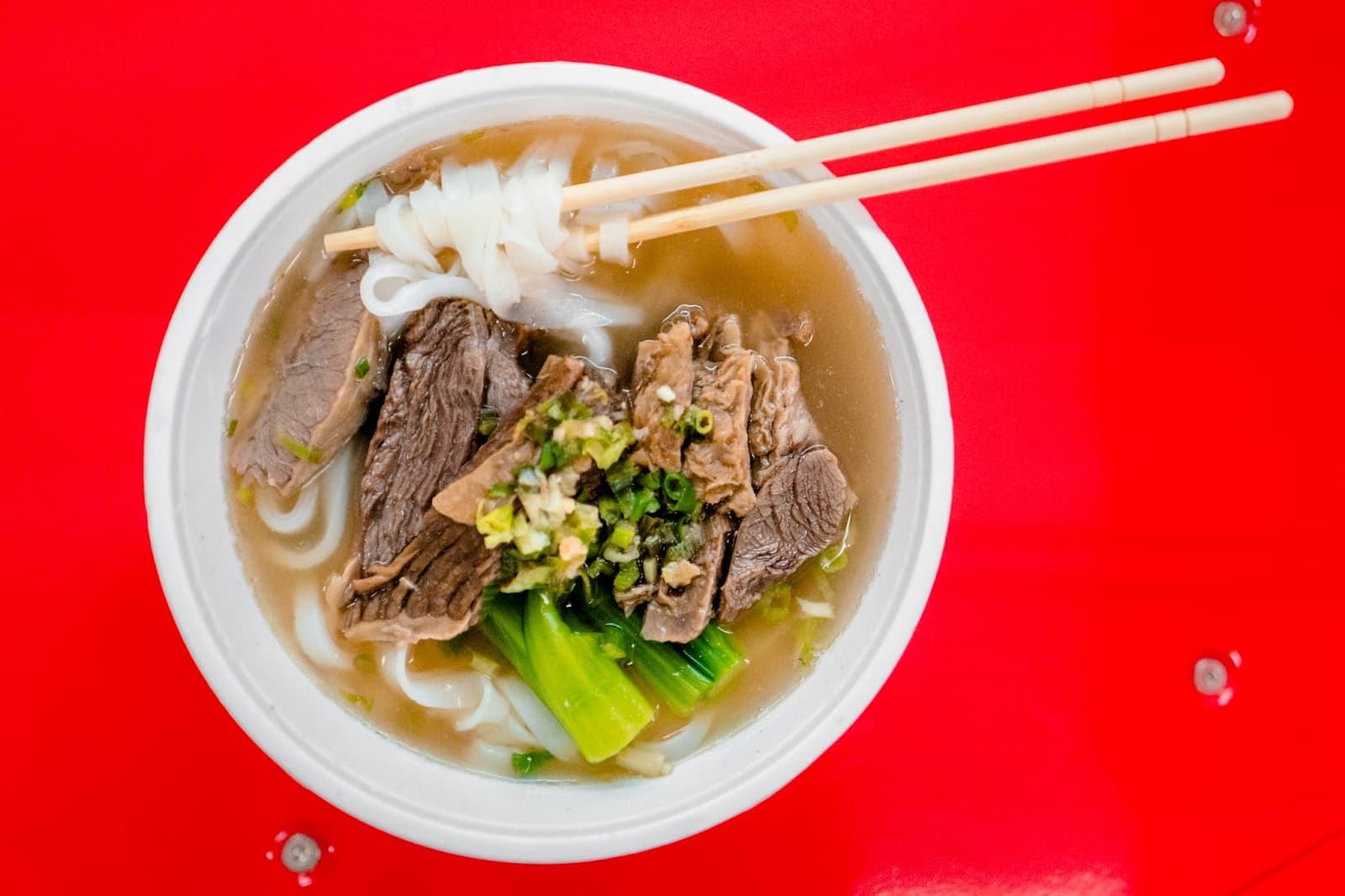Asian cuisine is celebrated for its diversity, bold flavors, and deep cultural connections to the sea. From Japan to Thailand, coastal regions have developed a rich tradition of seafood-based dishes, with noodles often playing a central role. Noodle dishes from Asia are iconic, with many recipes incorporating the freshest seafood straight from the ocean. The interplay between land and sea has given rise to some of the world’s most beloved noodle dishes, and each region has its own unique take on the seafood-and-noodle combination.
In coastal regions, access to fresh seafood is often determined by shipping routes and trade facilitated by marine traffic. As fishing vessels and cargo ships navigate the waters of Asia’s busy ports, they help ensure a steady supply of fish, shrimp, squid, and other seafood to markets and restaurants. This availability of fresh ingredients has directly influenced the creation of many traditional dishes. For centuries, the movement of goods across oceans has allowed coastal communities to develop vibrant food cultures centered around seafood, and noodle dishes have been a staple part of this culinary tradition.
The Origins of Coastal Noodle Dishes
Asian countries boast thousands of miles of coastline, and seafood has naturally become a significant part of their diets. The combination of noodles and seafood has been influenced by geography, local ingredients, and trade over the centuries. In Japan, for example, the proximity to the Pacific Ocean means an abundance of fish, shrimp, and seaweed, all of which are commonly used in dishes like kaisen udon (seafood udon) and soba noodle soups. In Southeast Asia, the warmer waters produce different varieties of seafood, leading to flavorful noodle dishes like Malaysia’s laksa and Thailand’s pad kee mao (drunken noodles).
The evolution of these dishes often depended on the available ingredients. Coastal communities didn’t just rely on the sea for sustenance but also on the shipping lanes that brought other essential elements like spices, rice noodles, and herbs. Today, many of these coastal noodle dishes have spread beyond their places of origin and can be found in restaurants across the globe. They have evolved with time, but the connection to the sea remains at the heart of their flavors.
Iconic Noodle Dishes from Asia’s Coasts
Japan: Kaisen Udon

One of the standout noodle dishes from Japan’s coastal regions is kaisen udon, which translates to “seafood udon.” Udon noodles, known for their thick, chewy texture, are the perfect canvas for absorbing the flavors of the sea. This dish typically features shrimp, squid, and scallops, served in a savory broth made from dashi (a stock made from kelp and dried fish). The delicate balance of umami from the seafood and the dashi creates a deeply satisfying meal that embodies the essence of Japan’s coastal cuisine.
Udon noodles are believed to have been introduced to Japan from China around the 9th century, but they were quickly adapted to suit local ingredients. Coastal regions, particularly in the Seto Inland Sea area, were renowned for their mastery of seafood-based udon dishes, thanks to the proximity of the ocean. The combination of fresh seafood and udon is a classic pairing that showcases the simplicity and depth of Japanese cooking.
Malaysia: Laksa

Moving to Southeast Asia, Malaysia’s laksa is another beloved noodle dish that incorporates seafood in a bold and spicy broth. There are several regional variations of laksa, but the coastal version, Penang asam laksa, is particularly famous. This dish features rice noodles served in a tangy fish-based broth flavored with tamarind, chili, and lemongrass. Mackerel frequently serves as the primary protein, with the dish topped off by a refreshing combination of fresh herbs, cucumber, and pineapple to enhance its vibrant flavors.
Laksa’s origins are a reflection of Malaysia’s cultural diversity, blending Malay, Chinese, and Indian influences. The dish is popular in coastal cities, where access to fresh seafood plays a key role in its preparation. As with many coastal noodle dishes, the freshness of the ingredients, particularly the fish, is crucial to achieving the authentic taste of laksa. The blend of rich flavors and vibrant spices has made this dish a favorite not only in Malaysia but also across Southeast Asia.
Thailand: Pad Kee Mao (Drunken Noodles)
In Thailand, pad kee mao, or drunken noodles, is a stir-fried noodle dish known for its bold flavors and satisfying texture. While it can be made with a variety of proteins, the coastal version often incorporates seafood, including shrimp, squid, and clams. The dish gets its name from the idea that it’s the perfect remedy for a late-night drinking session, but its true appeal lies in the combination of fresh basil, garlic, and chili, all wok-fried to perfection with wide rice noodles and seafood.
Pad kee mao is a popular street food in Thailand, especially in coastal regions where fresh seafood is readily available. The dish’s savory, spicy, and slightly sweet flavor profile makes it a crowd favorite. The seafood version of pad kee mao is particularly popular in seaside towns, where the proximity to the ocean allows vendors to source their ingredients directly from local fishermen.
The Impact of the Sea on Asian Noodle Dishes
What makes coastal noodle dishes so special is their reliance on the sea’s bounty. The seafood used in these dishes is often caught fresh and quickly transported to local markets. In many Asian countries, it’s common to see bustling fish markets right by the shore, where fishermen sell their catch of the day directly to restaurant owners and home cooks. This freshness is what sets coastal noodle dishes apart, as the quality of the seafood directly affects the flavor and texture of the dish.
But the sea’s influence on these dishes goes beyond just providing ingredients. The coastal regions where these dishes originated have a deep cultural connection to the ocean. In Japan, for instance, the relationship with the sea is spiritual, and the concept of umami—the fifth taste—is often associated with seafood. In Southeast Asia, the sea not only provides sustenance but also serves as a key element in trade, combining different cultures and flavors.
Cooking Coastal Noodle Dishes at Home
Thanks to the global popularity of Asian cuisine, many coastal noodle dishes can now be recreated at home, even for those who don’t live by the sea. Specialty markets and online retailers offer a wide variety of noodles and seafood products, allowing home cooks to experiment with these iconic dishes. For those who want to stay as authentic as possible, sourcing fresh seafood is key. If fresh seafood isn’t available, frozen options are a good substitute, as long as they’re handled properly.
Some of the ingredients that make these dishes stand out—like Thai basil, dashi, or tamarind—can be found at Asian grocery stores or ordered online. Cooking these dishes at home not only brings the flavors of Asia’s coasts to your kitchen but also allows you to experience the connection between the sea and the cuisine firsthand.
